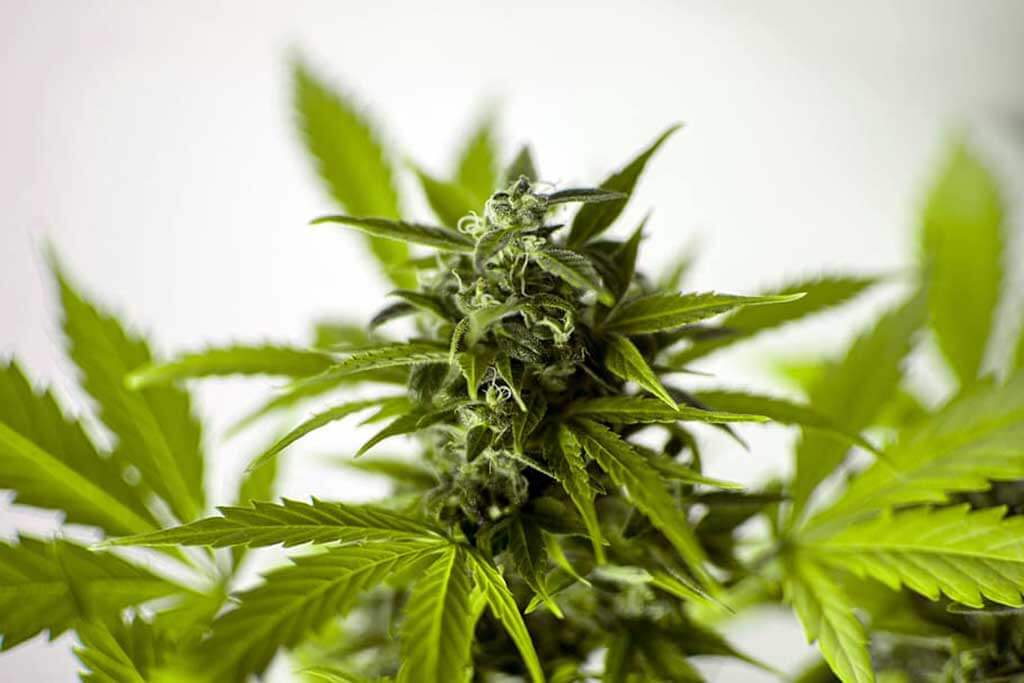
Scientists started to understand that cannabis imitates human endocannabinoids. It shows that the main function of the endocannabinoid system is to keep the bodily balance or simply the biological harmony that responds to changes in the surrounding. Learn more about endocannabinoids below.
What Are Endocannabinoids?
The rarely known endocannabinoid system (ECS) is a natural cannabis-like molecule developed by the human body. It is known as the cell-signaling system discovered in the 1990s.
There is taxonomic research that shows the endocannabinoid system is strangely old and has developed over 500 million years ago. All kinds of vertebrates also produce endocannabinoids such as birds, reptiles, mammals, fish, and amphibians.
Here are the facts:
- Scientists first thought that endocannabinoid receptors only exist in the nerves and brains. Still, they later realize that endocannabinoid receptors are also found throughout the body, which includes immune cells, skin, liver, bone, fat tissues, heart, gastrointestinal tract, and kidney.
- Scientists are still trying to understand the endocannabinoid system completely. But, we already know that the endocannabinoid system is involved in many different processes such as sleep, memory, mood, metabolism, appetite, reproduction, fertility, and immune function.
- Endocannabinoids are considered to be one of the most flexible signaling molecules known to the human body. The Endocannabinoid System exists and is active in the human body, even if you don’t try to use cannabis.
How Does the Endocannabinoids System Work?
The Endocannabinoid system entailed three different middle elements, which are the endocannabinoids, enzymes, and receptors. Endocannabinoids are molecules that are developed by your body.
They are like cannabinoids in cannabis but developed by the human body. Endocannabinoids have two different keys, which are the anandamide or AEA and 2-arachidonoylglycerol or 2-AG. They help to maintain the internal functions to work smoothly. The body developed them when required, which makes it hard to know what certain levels are for each.
About Endocannabinoid Receptors
These kinds of receptors are commonly found throughout the entire body. The endocannabinoids help to attach them to indicate when the Endocannabinoid system needs to do an action.
Endocannabinoids consists of two main receptors, which are the CB1 receptors and the CB2 receptors. CB1 receptors are commonly situated in the center of the nervous system. On the other hand, CB2 receptors lie in the peripheral nervous system, including the immune cells.
About the Enzymes
Enzymes are the one that is in charge of the function of endocannabinoids once that it brings out their duties. The two certain enzymes are in charge of monoacylglycerol acid lipase that usually releases the 2-AG and the fatty acid amide that act to break down the AEA.
How the Endocannabinoid System Functions?
Scientists haven’t firm the exact functions of the Endocannabinoid system. However, studies connect the Endocannabinoid system to the following activities of the human body.
- Mood
- Motor control
- Digestion
- Metabolism
- Appetite
- Sleep
- Chronic pain
- Memory
- Inflammation
- Immune system response
- Learning
- Muscle formation
- Cardiovascular system function
- Liver functions
- Bone growth
- Reproductive system
- Nerve function
- Skin function
The functions all come up with stability, which refers to the internal body parts. For instance, if the outside force like pain from having fever or simply from injury, it links off to the body’s stability.
The endocannabinoid system works to help your body back to its usual function. Many experts believe that the endocannabinoid system helps maintain the balance of the human body functions or promote homeostasis.
How does THC react with the Endocannabinoid System?
THC or Tetrahydrocannabinol is one of the important compounds found in cannabis. It is the one that has a high effect. When the THC corresponds with the Endocannabinoid System, it binds all the receptors as endocannabinoids do. It is quite powerful because it can be able to bind the CB1 and CB2 receptors easily.
THC allows many possible effects on the mind and body. The THC may help to relieve pain and boost appetite. However, it can also be the reason why others experience anxiety and paranoia, especially if they consume bigger dosages.
How does CBD react with the Endocannabinoid System?
Cannabidiol (CBD) is also one of the most important compounds found in cannabis. Compared to the THC that provides high effects, CBD does not make you high, and it usually does not give any bad effects. Unlike what THC does, CBD does not bind the CB1 and CB2 receptors.
Most experts believe that it functions by helping to avoid endocannabinoids from being able to break down. It lets them have more, which can affect your body. Since the complete and exact details of how it functions are still under debate, studies show that the CBD can help with different conditions such as pain, nausea, and other symptoms.
How to Boost the Endocannabinoid System
Certain cannabinoids help to bind the specific cannabinoid receptors, accordingly helping to activate the receptors. Every human has endocannabinoids. So when you consume cannabis by way of vaporizing, ingesting, and inhaling it, endogenous cannabinoids are produced.
The following are some helpful tips to boost your endocannabinoid system in natural methods:
Reduce Alcohol Consumption
Heavy consumption of alcohol may result in slow growth and repair of new endocannabinoid receptors. Consuming alcohol in moderation can be harmless to endocannabinoid function. Reduce alcohol heavy alcohol consumption to certainly impair the ability of receptors to the optimal process of cannabinoids.
Daily Exercise
Exercise or active physical activities, like sport, is an excellent way to help manage stress healthily and naturally, boosting the endocannabinoid system with this active physical activity.
Caryophyllene
Caryophyllene is also known as the terpene or the aromatic compound of cannabis. This distinctive terpene can be seen in herbs and spices such as rosemary, basil, oregano, cloves, and cannabis. Also, this terpene helps restore endocannabinoid receptors through binding them.
Consume Omega-3 Fatty Acids
If you’re searching for a healthy and effective way to boost your endocannabinoid system, make sure to consume the right amount of omega-3 fatty acids. Omega-3 helps to build blocks of CB1 receptors formation.
Conclusion
Endocannabinoids play a very important role to maintain the internal process stability. Experts are still developing better studies about the ECS. Endocannabinoids can be possibly targeted at the CB1 receptors in the spinal nerve to lessen the pain. CB2 receptors can be targeted to the immune cells to alert the body when having inflammation.




